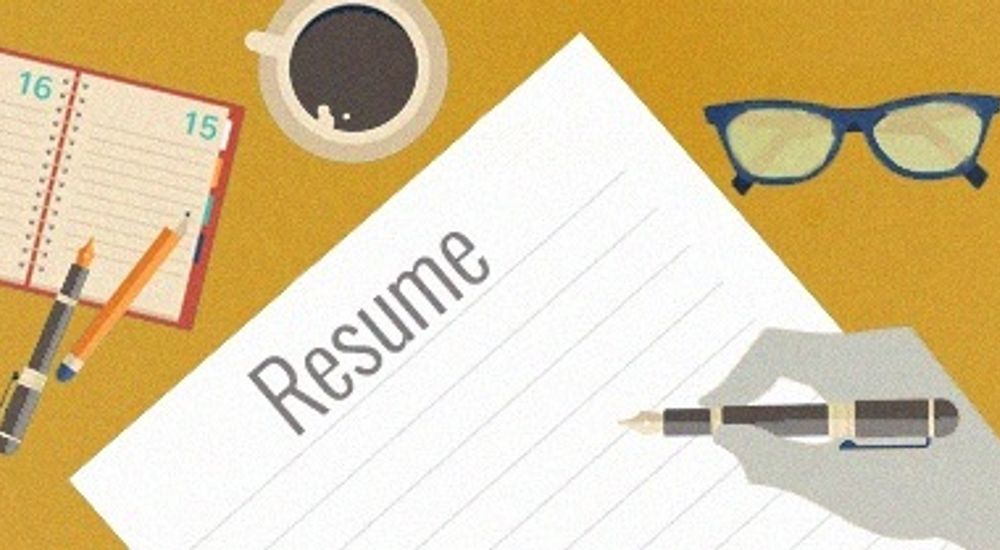
Essential do's and don'ts for great resume writing
Getting the fundamentals of good resume writing right is a guaranteed way of ensuring that your job application doesn’t immediately get passed into the “not this time” bin.
Remember the main purpose of your resume is to get you to the next step in the hiring process, that is an interview. This means providing a logical and well-structured overview of your experience and skills that makes it easy for an employer to see your suitability for a role.
The average employer or recruiter only spends a few seconds looking at a resume for information relevant to the role they are hiring for so you need to understand what they want to see – and in some cases, what they don’t want to see.
Here are the basic do’s and don’ts for great resume writing.
DO: Tailor your resume to suit the position
Take time to ensure that the person who will be screening your resume understands why you are applying for the role. Highlight transferrable skills and experience/achievements that are relevant to the requirements of the role.
DO: List your experiences chronologically
List your jobs in reverse chronological order with your most recent job or experience first. In most cases your recent experience will be the one that will interest the employer most so give it the most weight. For this and every other position ensure you include key tasks and measurable achievements.
DO: Use action words (and back it up with evidence)
Tell the employer about when you "grew", "built", "increased", "drove" or "led" something and evidence it with figures. Action words contextualise your achievements and reinforce your level of responsibility and suitability.
DO: Proof read your resume Incorrect spelling, grammatical errors and information inconsistencies are some of the most common mistakes seen in resumes. These oversights are certainly picked up by an employer and demonstrate a lack of attention to detail and effort. Check your resume thoroughly, check it again, and then get someone else to check it.
DO: Include a cover letter
A cover letter is still considered an important part of a job application. It is the first opportunity you have to make a strong case for why you are the best fit for a position. A cover letter should introduce you, mention the job your applying for and clearly match your skills and experiences with those required by the job.
DON’T: Lie or embellish the truth Quite simply, don’t lie about anything on your resume. Don’t embellish the truth around your experience, qualifications or skills to draw an employer’s attention as it is a major risk to your credibility when (not if) you are found out.
DON’T: Overstate your value or achievements Employers certainly want to know about the positive impact you had in your previous jobs but they don’t want arrogance. State facts and provide evidence. If you can’t back a big statement with measurable outcomes then don’t include it. Take a step back and think about how what you write might sound to someone else.
DON’T: Use long winded sentences or paragraphs Be specific about your previous responsibilities and related achievements. Use bullet points and keep the message short and to the point. Remember you only have a few seconds to grab attention so keep it succinct.
DON’T: Use fancy or unusual fonts
Decorative or bright fonts add absolutely not value to your resume, if anything it detracts. Use professional, easy-to-read fonts (eg Arial, Tahoma, Times New Roman).
Use these simple pointers as a checklist when next updating your resume. Doing so will help ensure you are left with a logical, strong resume tells an employer exactly what they want to know in the initial five to ten second screening process.
